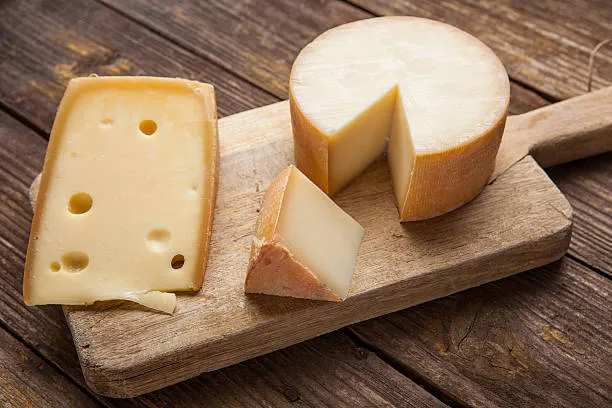The cheeses are named for their towns of origin in the Netherlands and Switzerland.
They both have nutty, fruity flavors, but the subtle differences between the two make them suited to specific foods and wines.
Origins
The Dutch town of the same name is located just outside of Rotterdam.
It’s made from cow’s milk and makes up 60 percent of the cheese produced in Holland.
Emmental is one of the most famous Swiss cheeses.
It is made from cow’s milk but not pasteurized.
The designation of “Appellation d’Origine Contrlée” means that only cheese made in certain districts may be called “gruyere”.
Taste
The older the cheese is, the more robust the flavor becomes.
It is often compared to Edam.
The taste of gruyere is slightly fruity, however, it has a nutty taste and is cured for eight days in brine.
The aged version is more nutty and creamy than the young version.
Texture
The cheese has a yellow wax rind.
The more mature types of Gouda have a black rind.
The older the cheese, the harder it gets.
The cheese is deep yellow.
The cheese has a brownish-yellow color and small holes.
It is a hard rind.
Uses
As part of a cheese platter, Gouda can be served as dessert.
It goes well with beer and red wine and is also a table cheese.
The most famous use of gruyere is in fondue, but it can also be used in cooking.
It pairs well with other wines.
Read More: Gouda vs. Munster Cheese
Related: 5 Popular French Foods in America
